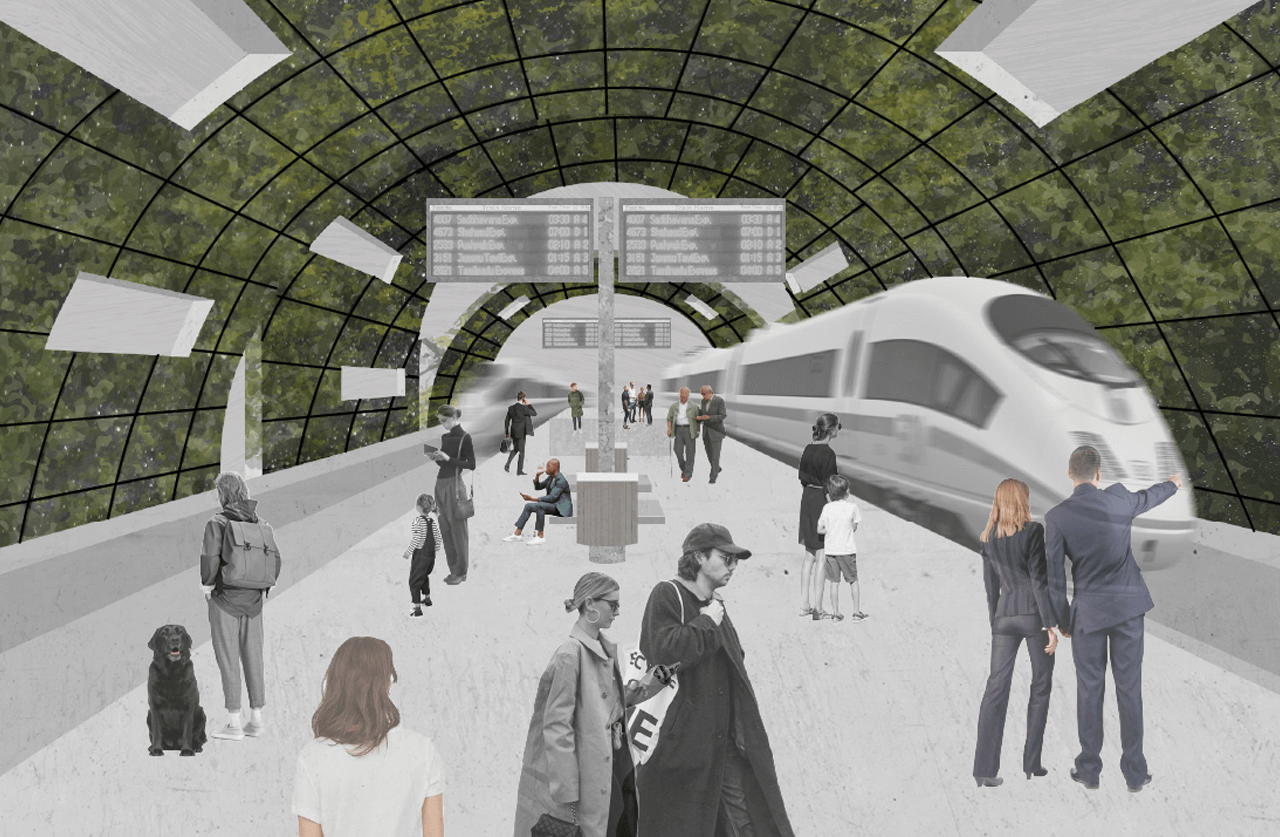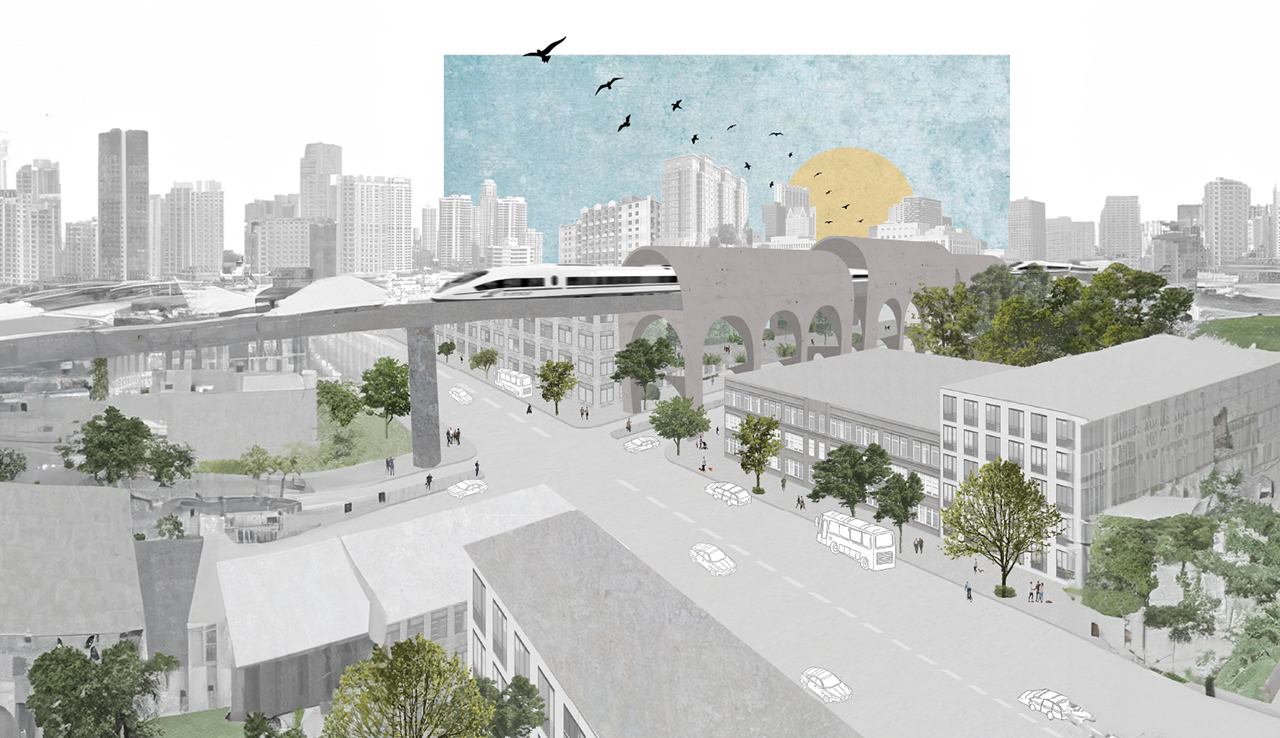Sky Tren Baja
Sky Tren Baja is an urban intervention project that responds directly to the high rate of urban development that Tijuana has experienced in recent years, especially at the San Isidro border crossing, which is currently considered the busiest crossing in the world.
This translates into the daily exchange of hundreds of people between Mexico and the United States, both for tourist, commercial and professional activities, which has caused the rapid growth of Tijuana and therefore localities such as Rosarito and Ensenada have become key points in the daily activities of thousands of Tijuanenses.
Nowadays, these routes between locations involve long travel times, so Sky Tren Baja proposes a new way to interconnect all these areas of Tijuana, making them more efficient and reducing travel times significantly.
The Sky Tren Baja project consists of 4 intermediate stations of the elevated train, 3 CETRAM stations in key points of the city such as San Isidro, Rosarito and Morelos, as well as mixed-use real estate complexes that integrate the stations with the rest of the city.
For the design strategies, we began by questioning the disarticulation that often exists between elevated stations and the city itself, which instead of providing a benefit to the city and its inhabitants, in the long term, leads to urban deterioration.
We sought to generate stations representative of each of the zones with local materials, which could become landmarks not only for their form and materiality, but also for the solution they propose and the public space they offer.
The challenges that arise when designing an elevated train station lie in the altitude factors that must be taken into account for the correct design and operation of the train tracks, so that at some points it can reach heights of up to 25 meters, which triggers a very important question: How do you insert an infrastructure building of such magnitude in the middle of the street without affecting the public space and existing buildings?
It was decided to make the station narrower by reducing the number of side platforms with the proposal to generate a central platform that could serve two trains simultaneously. These stations have a design of barrel vaults of different heights and arcades along the entire length that allow the entry and circulation of natural lighting and ventilation, this design strategy greatly benefits the comfort of the street and the surrounding buildings.
An opportunity was identified to provide the city with more quality public spaces, so an intermediate level was created to serve as a rest between the train and the street, where activities such as commerce, cultural and social activities, etc. could be developed.
In order for urban projects to generate improvements in urban areas, they must be conceived from and for the city.


